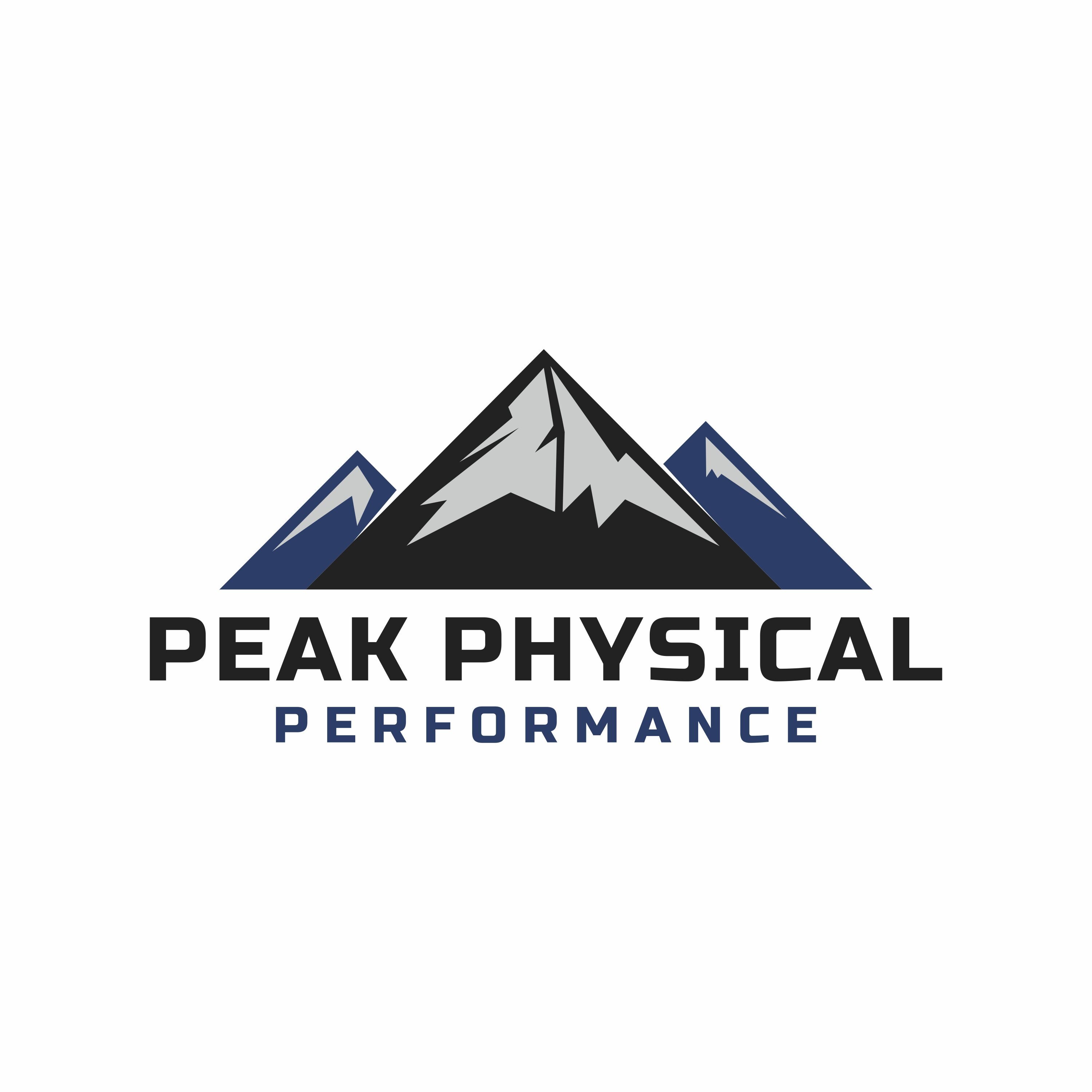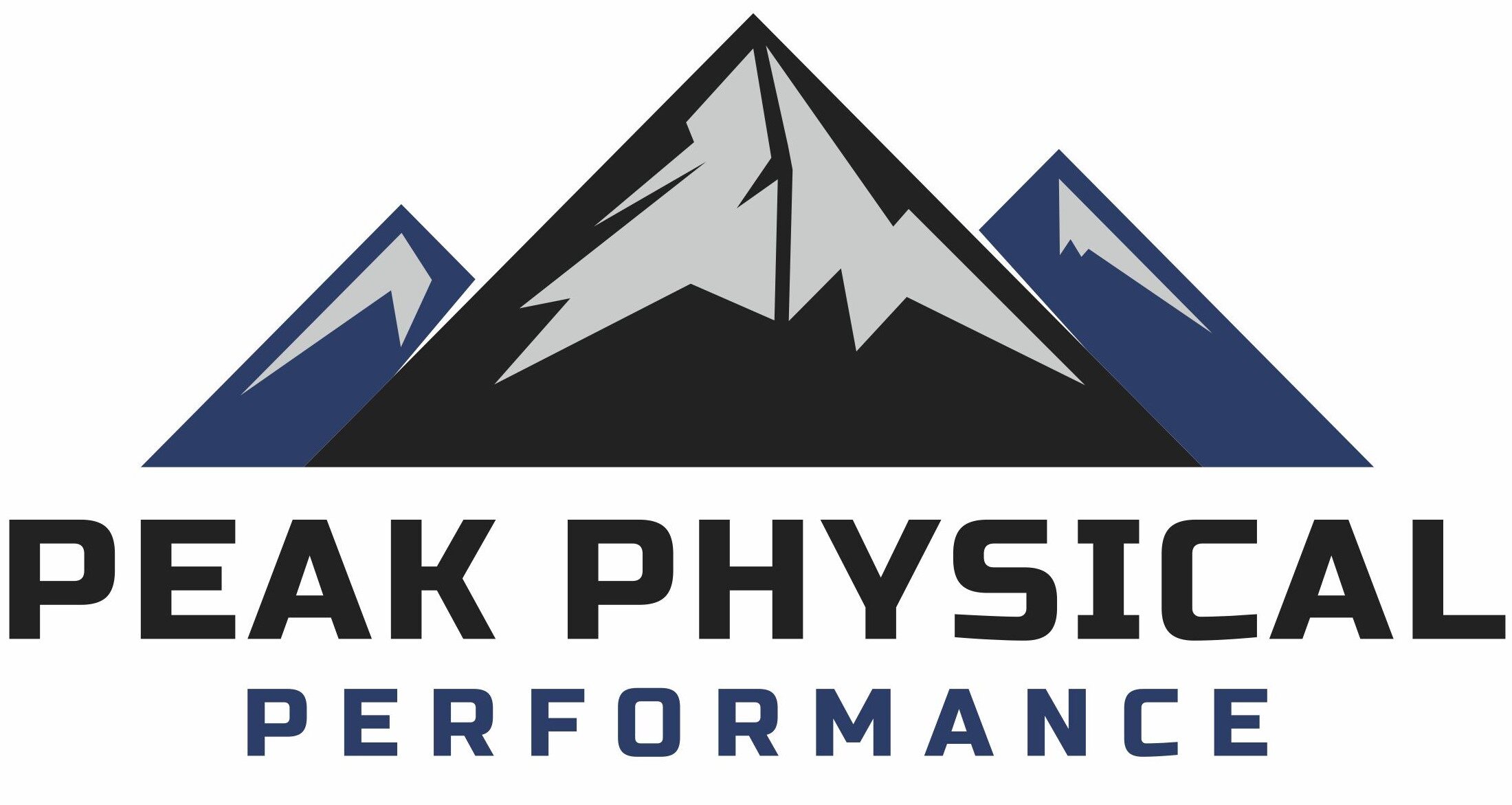In the intricate web of human anatomy, seemingly unrelated areas can often impact one another more than we realize. One such connection lies between hip internal rotation and low back pain. While the two may appear disparate, research suggests a compelling relationship between limited hip internal rotation and the prevalence of low back discomfort. Let’s delve into this connection and understand how addressing hip mobility can potentially alleviate or prevent low back pain.
Understanding Hip Internal Rotation: Hip internal rotation refers to the inward movement of the thigh bone (femur) towards the midline of the body. This motion is crucial for various activities such as walking, running, and squatting. Limited hip internal rotation restricts the natural range of motion in the hip joint, potentially leading to compensatory movements elsewhere in the body.
The Kinetic Chain Connection: The human body operates as a kinetic chain, where movements in one area can influence adjacent regions. Limited hip internal rotation can disrupt this chain, forcing compensatory movements in surrounding joints, particularly the lumbar spine. Studies have shown that individuals with restricted hip internal rotation often exhibit altered movement patterns, placing increased stress on the lumbar spine during activities that require hip mobility, such as bending or lifting.
Research Supporting the Link: Several studies have investigated the relationship between hip mobility and low back pain. A study published in the Journal of Orthopaedic & Sports Physical Therapy found that individuals with chronic low back pain tend to have significantly reduced hip internal rotation compared to those without back pain. Another study in the Journal of Bodywork and Movement Therapies concluded that improving hip mobility, including internal rotation, can lead to reduced low back pain in individuals with movement dysfunctions.
Addressing the Issue: Addressing limited hip internal rotation can be a multifaceted approach involving stretching, strengthening, and movement re-education. Incorporating exercises that target hip mobility, such as hip internal rotation stretches and mobility drills, into daily routines can help improve range of motion and alleviate undue stress on the low back. Additionally, seeking guidance from a qualified healthcare professional, such as a physical therapist or chiropractor, can provide personalized strategies for addressing hip mobility issues and managing low back pain effectively.
The relationship between limited hip internal rotation and low back pain underscores the interconnectedness of the human body. By recognizing and addressing deficits in hip mobility, individuals can potentially mitigate the risk of developing or exacerbating low back discomfort. Through targeted interventions and a comprehensive understanding of biomechanics, we can work towards optimizing movement patterns and promoting long-term musculoskeletal health.
References:
- Kim KM, Kim YL, Oh DW. Comparison of lumbopelvic rhythm and flexion-relaxation response between 2 different low back pain subtypes. J Orthop Sports Phys Ther. 2013;43(8):495-502.
- Gajdosik RL, Bohannon RW. Clinical measurement of range of motion. Review of goniometry emphasizing reliability and validity. Phys Ther. 1987;67(12):1867-1872.
- Fairbank JC, Pynsent PB. The Oswestry Disability Index. Spine (Phila Pa 1976). 2000;25(22):2940-2952.



Comments are closed